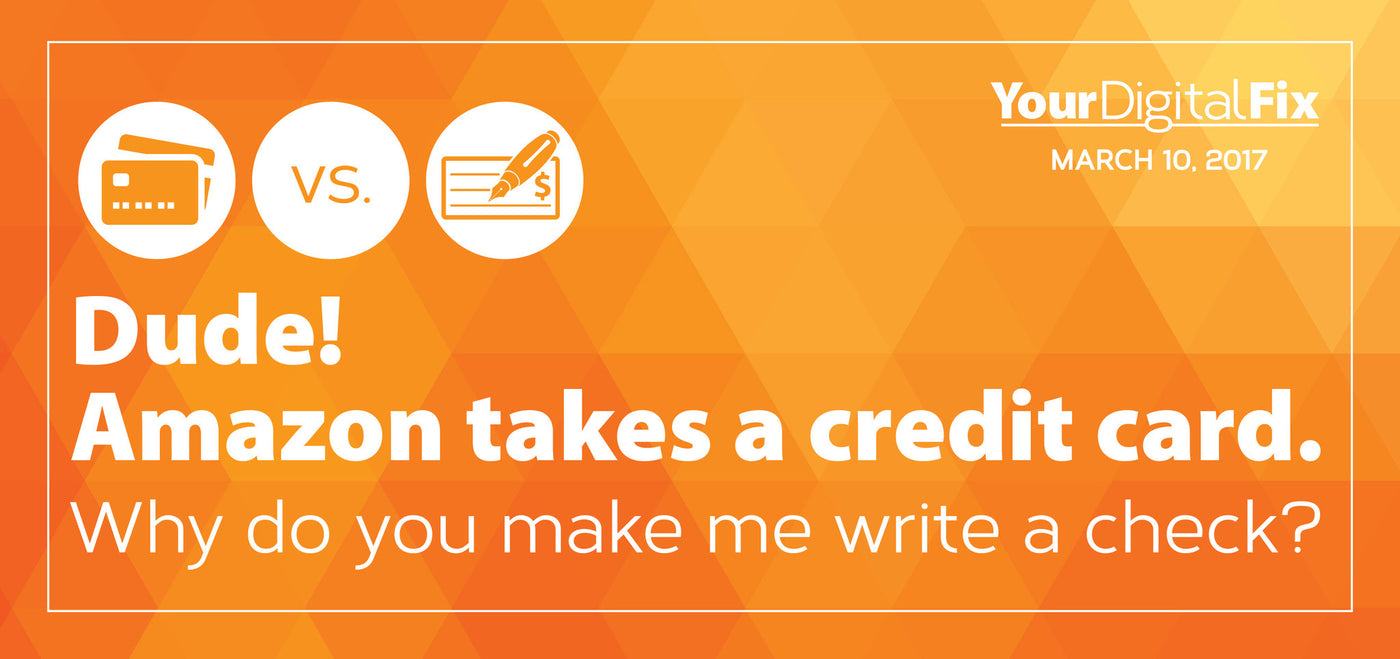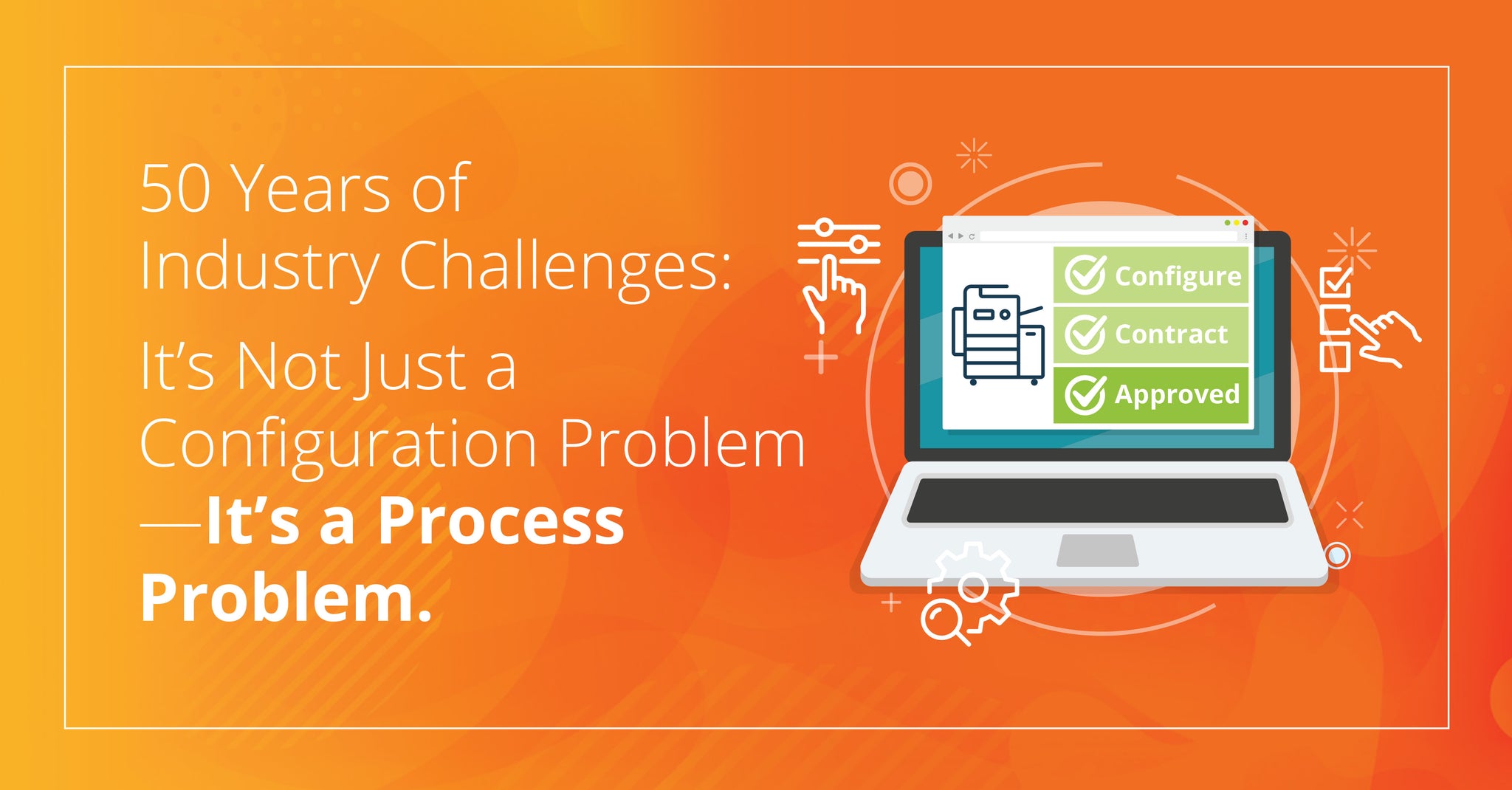If You Want Your Business To look Old School, Send The Customer An Invoice And Ask For A Check.

Many B2B technology dealers have baked invoicing and checks into their business operations. The problem is that many of your customers don’t even own a checkbook, or stamps, or envelopes. If you look at your business operations there are a few key areas that likely result in an over-reliance on check writing: break-fix service, monthly leasing, and subscriptions for managed IT services and print. Have your clients started to balk at the old invoice and check workflow? Here’s why this workflow should change, and what technologies can help you.
One common complaint I hear against the movement to credit card payment is that the cost (around 3%) is more expensive than the invoice and check method. I challenge that. The infrastructure built around mailing, invoicing, bank check runs, administrative staff, and even collections and follow-up, must be far greater than 3%. Even my accountant tells me to keep 2% of receivables for bad debt expense—most of that would not exist if services were billed instantly via a credit card.

It still misses the important point about your customers: it’s not about your preferred method of payment—the customer now decides. Customers get to dictate the billing method. If you want your business to look old school, send the customer an invoice and ask for a check. Have you ever tried to send Amazon, Netflix or Airbnb a check?
The other huge benefit of credit cards is cash flow: most payment systems deposit cash into your bank account in less than 5 days. Your accountant measures receivables in DSO (Days Sales Outstanding). If your DSO is less than 45 days, you are doing well. Every accountant I know would do a backflip if their cashflow made a 40-day improvement.
Which payment processor should I use?
Now that you are comfortable with the idea of moving over payments from checks to credit cards, what technology can help you? The first requirement is to get an online payment processor. A few suggestions are:



Choosing the right payment gateway: where do I start?
I have heard that some B2B companies keep and run credit cards on behalf of their customers. That is a huge NO NO and a red flag in the security and compliance world. You do not want to be responsible if (and when) the book with credit card details is stolen, or worse, the laptop with the electronic file is hacked, or the hard drive crashes. These providers are secure, reliable, competitive, and easy to use and integrate.
What about monthly recurring charges that vary each month?
Hardware leasing or Hardware as a Service (HaaS) is a perfect fit for a product like Stripe. It enables you to set up monthly billing for a set amount, and issue another charge if there are incremental and periodic charges. In cases like managed print services, the page volumes which vary month to month, work perfectly in Stripe.
Service technician billing: why not charge customers immediately?
When your service technician does a break-fix repair on-site, do they bill immediately? Shopify.com has a simple device that connects to a smartphone and turns it into a credit card swipe machine. You might need to reimagine your workflow, but assuming your technician can access part SKUs and costs, and can enter an amount for labor and travel, it’s simple enough to bill a customer immediately.
These payment gateways can also create accounts simultaneously with your e-commerce website. Customers can view their transactions online when they login to an account. Since the website can and should be an e-commerce website, these customers will also be exposed to other products they can buy online.
The number of checks written annually in the US has gone from over 40 billion, to less than 18 billion in the past decade. Now, if we could just get schools to accept online payments for pictures, uniforms, and pizza day, we might never need checks again.



